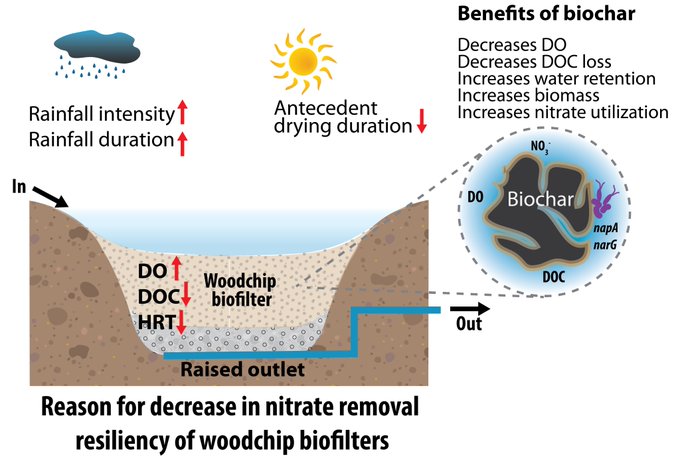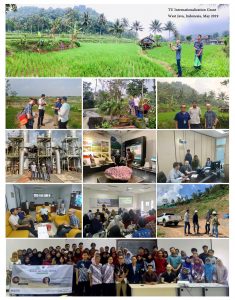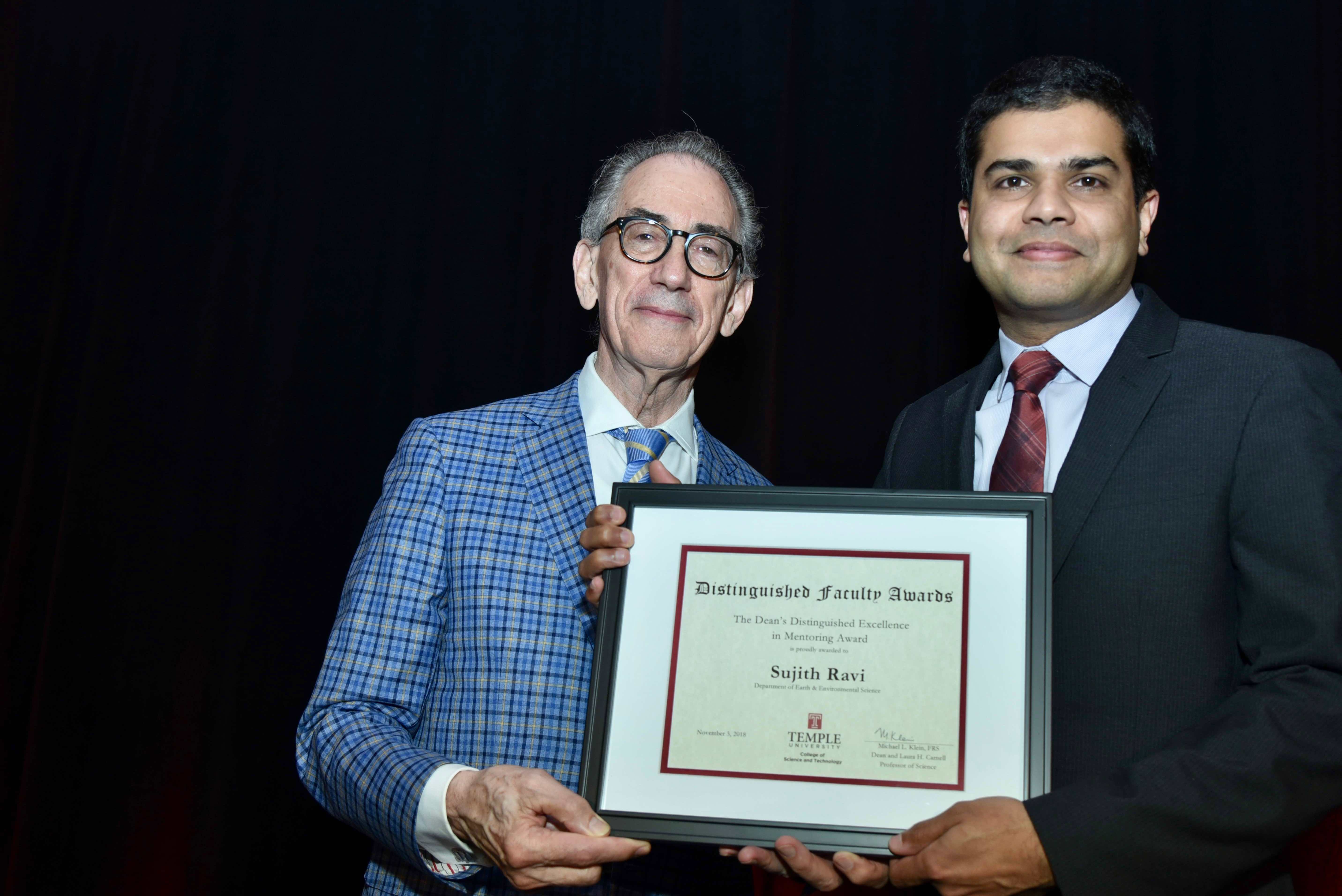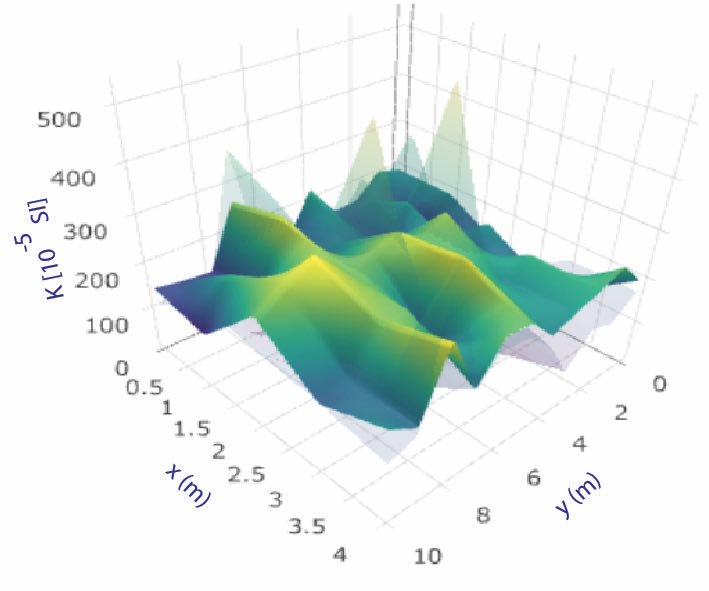Berger, A., R. Valenca, Y. Miao, S. Ravi, and S. Mohanty (2019), Nitrate removal in biochar-augmented woodchip biofilters: Effect of rainfall extremes, Water Research, doi.org/10.1016/j.watres.2019.115008 [Elsevier, IF: 8.5]
Stormwater biofilters have been increasingly used to mitigate the impact of climate change on the export of contaminants including nitrate to water bodies. Yet, their performance is rarely tested under high-intensity rainfall events, which are predicted to occur more frequently under climate change scenarios. Overall, our results show that biochar could increase the resiliency of woodchip biofilters for denitrification in high-intensity rainfall events thereby mitigating the water quality degradation during climate change.


















You must be logged in to post a comment.